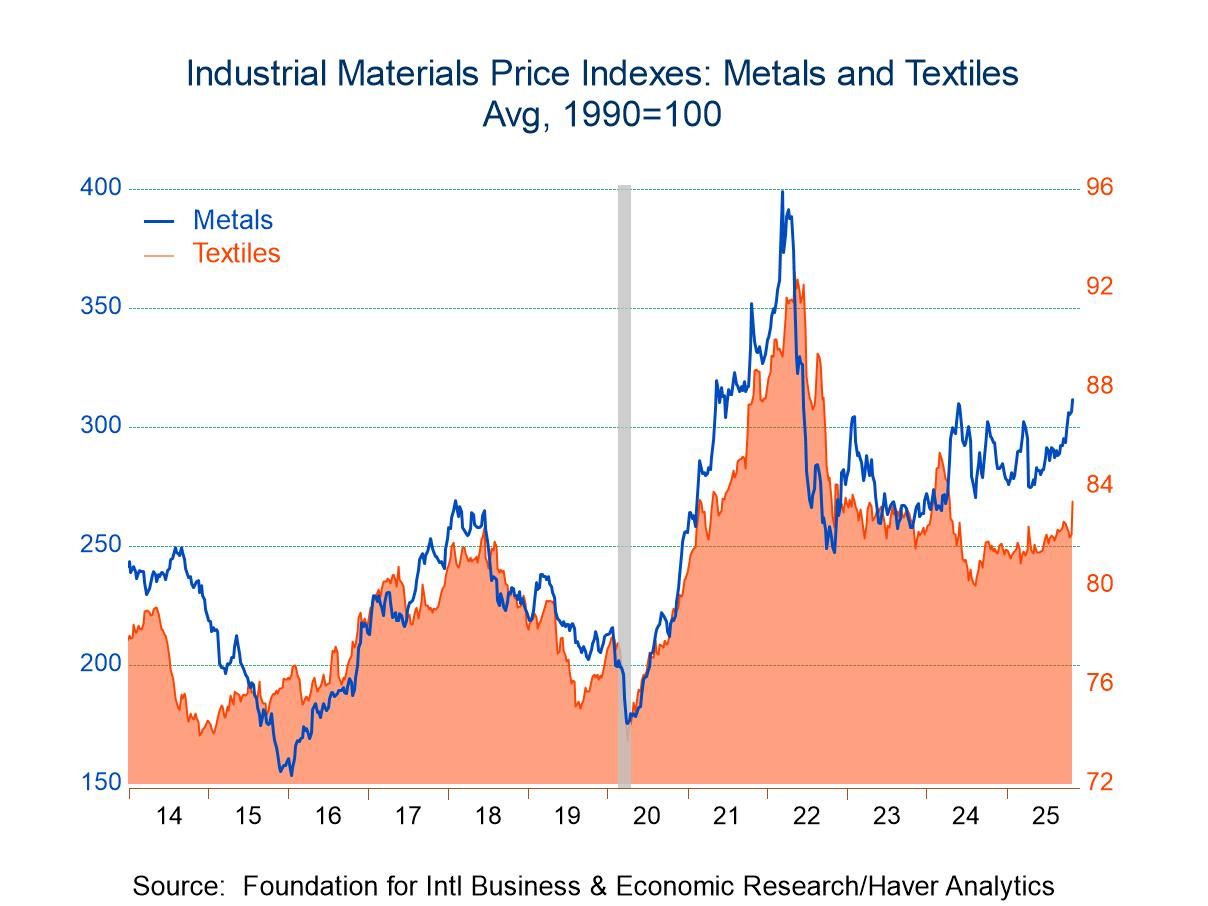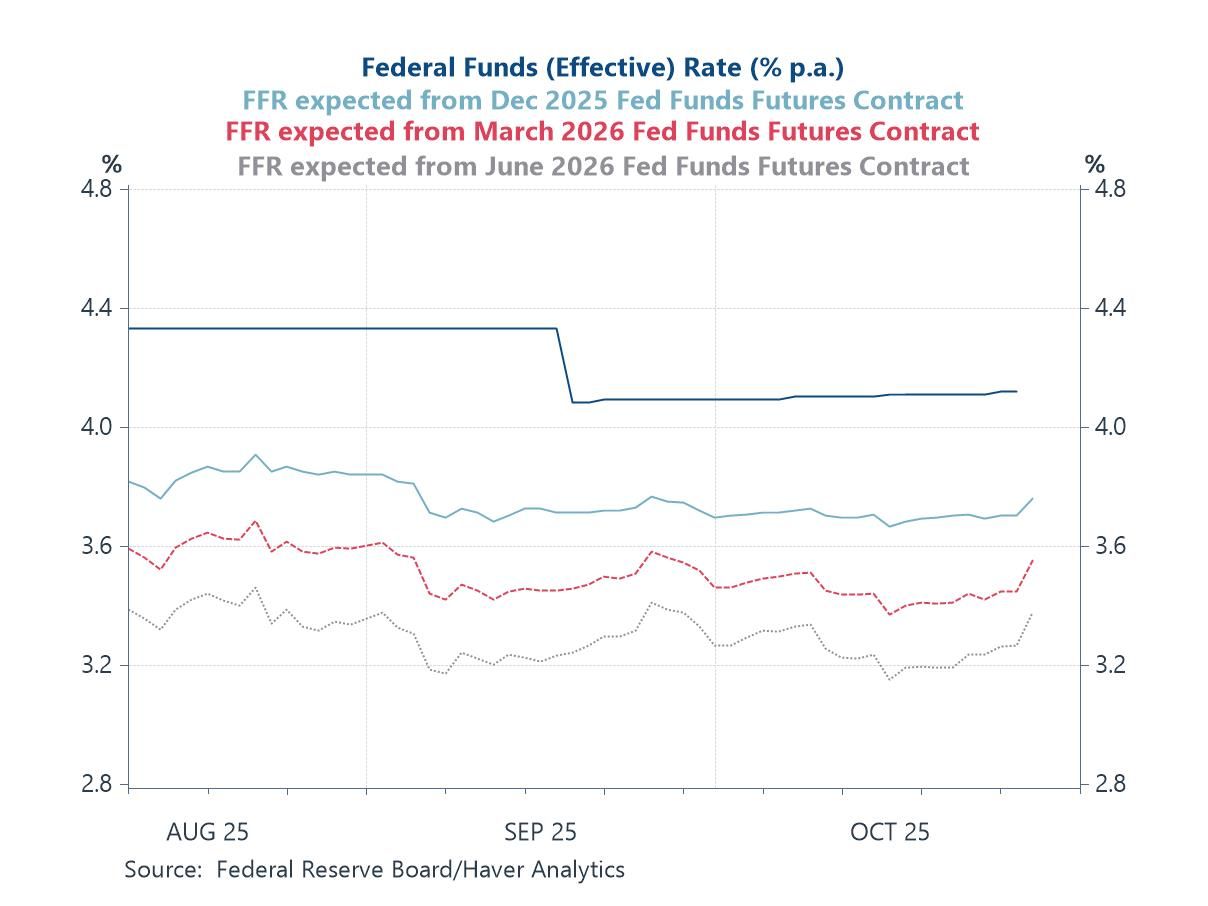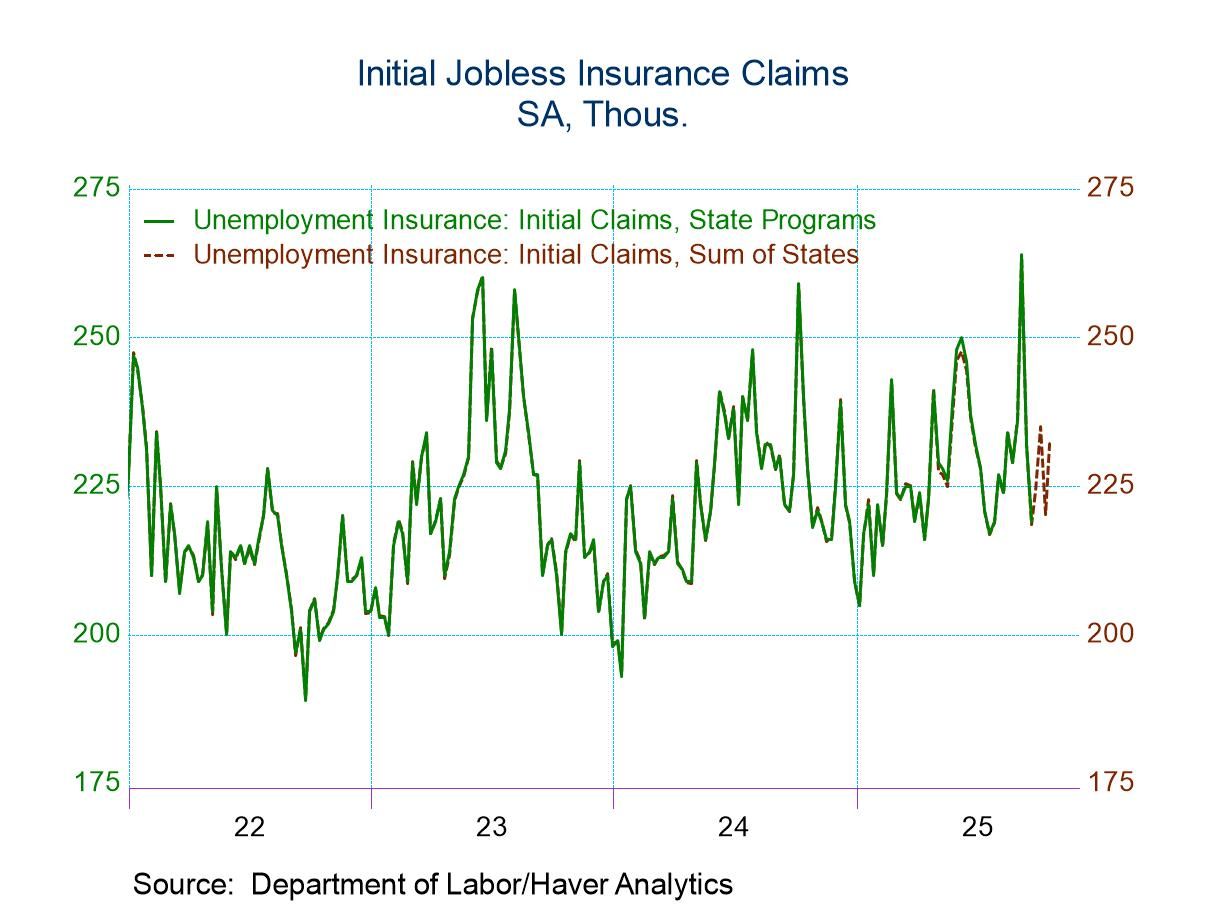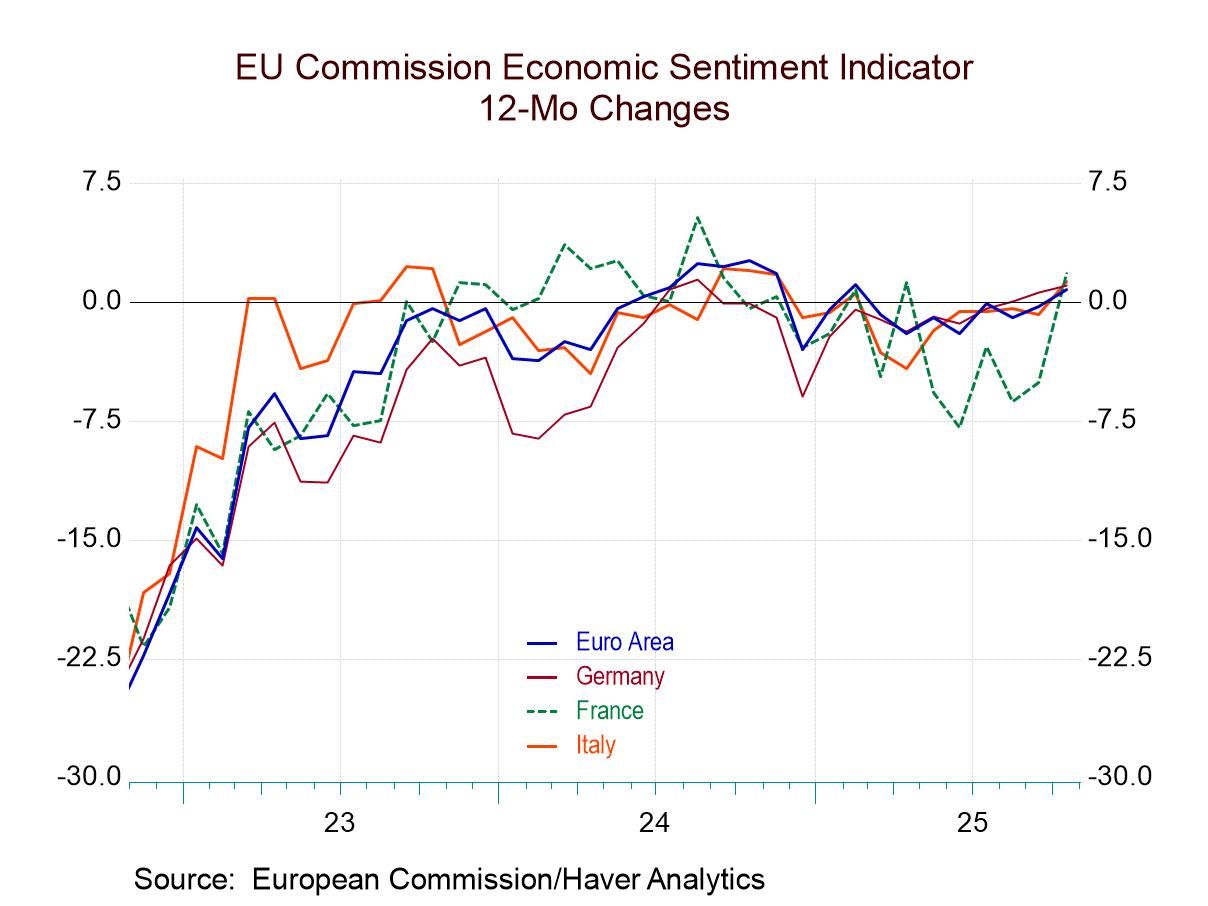U.S. Advance Goods Trade Deficit Widened Further in February
by:Sandy Batten
|in:Economy in Brief
Summary
- $91.6 billion deficit in February, larger than expected.
- Exports fell 3.8% m/m; imports declined 2.3% m/m.
- Jan/Feb average deficit wider than in Q4; implies trade could be a small drag on Q1 GDP.


The advance estimate of the U.S. international trade deficit in goods widened to $91.6 billion in February from $91.1 billion in January, according to the U.S. Census Bureau. This was the fifth time in the past six months that the goods deficit had widened. A $90.0 billion deficit had been expected by the Action Economics Forecast Survey. The deficit had reached a peak of $125.1 billion in March 2022. In Q4 2022, a narrower trade deficit in goods and services (net exports) added 0.5%-point to quarterly real GDP growth. Today’s report puts the goods deficit on course to widen slightly in Q1, which would be a small drag on overall GDP growth.
Total exports fell 3.8% m/m (+5.5% y/y) in February, the fifth monthly decline in the past six months, following a 5.0% rebound in January. The February decline was widely spread across end-use categories with the “other goods” category the only one posting a monthly gain (+4.5% m/m). Auto exports slumped 11.9% m/m in February, their first monthly decline in six months. Industrial supplies and materials exports fell 4.2% m/m, their seventh monthly decline in the past eight months.
Total imports declined 2.3% m/m (-1.9% y/y) in February, their first decline in three months, following a 3.7% m/m increase in January. As for exports, the decline was widely spread and led by a 7.1% m/m drop in auto imports. Imports of consumer goods ex food and autos slumped 5.6% m/m, their first decline in three months. By contrast, “other goods” imports jumped 7.6% m/m and capital goods imports edged up 0.7% m/m.
The advance international trade data can be found in Haver’s USECON database. The expectation figure is from the Action Economics Forecast Survey, which is in AS1REPNA.
Sandy Batten
AuthorMore in Author Profile »Sandy Batten has more than 30 years of experience analyzing industrial economies and financial markets and a wide range of experience across the financial services sector, government, and academia. Before joining Haver Analytics, Sandy was a Vice President and Senior Economist at Citibank; Senior Credit Market Analyst at CDC Investment Management, Managing Director at Bear Stearns, and Executive Director at JPMorgan. In 2008, Sandy was named the most accurate US forecaster by the National Association for Business Economics. He is a member of the New York Forecasters Club, NABE, and the American Economic Association. Prior to his time in the financial services sector, Sandy was a Research Officer at the Federal Reserve Bank of St. Louis, Senior Staff Economist on the President’s Council of Economic Advisors, Deputy Assistant Secretary for Economic Policy at the US Treasury, and Economist at the International Monetary Fund. Sandy has taught economics at St. Louis University, Denison University, and Muskingun College. He has published numerous peer-reviewed articles in a wide range of academic publications. He has a B.A. in economics from the University of Richmond and a M.A. and Ph.D. in economics from The Ohio State University.





 Global
Global
